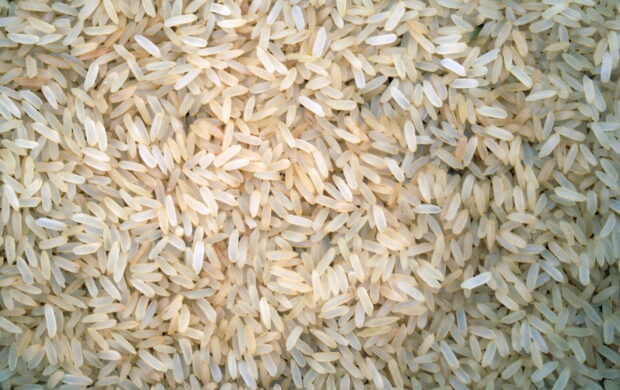Along with the rise of blockchain to trace products across their supply chains, we are now seeing that DNA can be used a tool for supply chain transparency.
Applied DNA Sciences is a biotech company that uses plant DNA technology to prevent counterfeiting and ensure authenticity in the supply chain. It has been working in the cotton industry for nine years, with the aim of mapping a trail from finished goods back to where the cotton was first picked.
The company works with two different types of DNA. One is an engineered DNA made from a botanical source that can mark cotton fibres so they are traceable back to their source. The second is the natural DNA found in cotton fibre that allows researchers to identify the cotton species and where it comes from. With the former manufactured DNA, the mark resists wash off even in aggressive industrial treatment baths.
In the next two years, the company aims to improve the accuracy of the DNA tech such that it is forensic-fit and usable in court.






